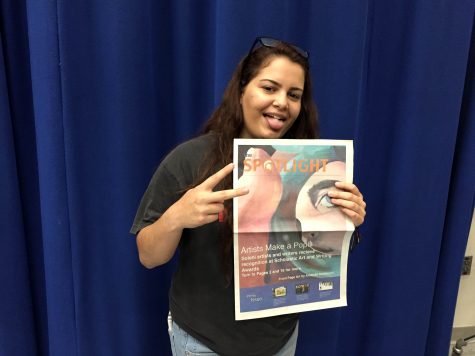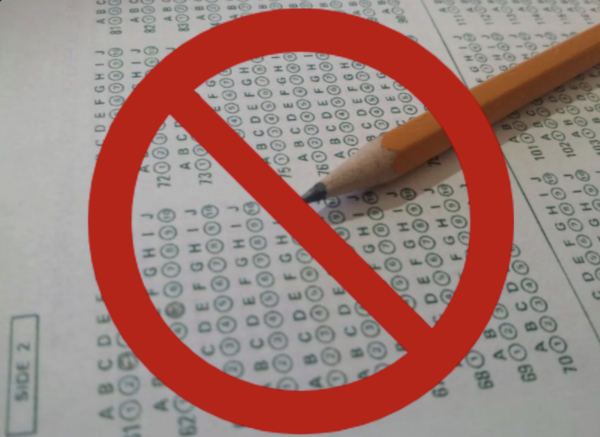Should American Sign Language be Offered for Credit at Southern Lehigh?
Diversity can be found in schools from cultural differences to language barriers. But American Sign Language, or ASL, often falls beneath the radar. Bringing ASL to Southern Lehigh could be a favorable addition to our students’ education and careers.
According to research.gallaudet.edu, there are between 250,000 to 500,000 users of American Sign Language in the United States and Canada. It is also used in West Africa and Southeast Asia. Around 70 billion people use sign language as their native language.
Learning ASL takes just as long of a duration as learning any spoken language. Offering two or three years of sign language could be just as easy as offering any other language course in school.
“I don’t see any major downsides to the transition over, but there are always negatives to everything,” guidance secretary Mrs. Melody Davis said.
While English shares the oral and written language with ASL, many people find it difficult to learn signs to match words. According to the website StartASL, there is not one universal sign language, so it differs all the way up to more than three hundred variances.
Communicating with deaf people makes the conversation more personable and engaging, having to open your eyes wide open and constantly watching their motions, because deaf people actually love to keep talking.
Learning sign language can help with communicating with others who have disabilities.
“ASL is a great communication aid to use when voices can’t be used,” instructional aide Ms. Jana Brown said. “My son Jared has disabilities that affect his ability to speak clearly at times, and using sign language helps him get his words out and his ideas shared.”
Commonly people who have speech impediments to the point of not being able to speak use signing as a second option. No one wants to lose the ability to communicate with other people, and when this sense is lost, it pushes a person further to learn sign language.
“I taught my kids a few signs instead of seeing them stressed about communicating with me,” Spanish teacher Mrs. Joan Imms-Geiser said.
In his article “ASL as a Foreign Language Fact Sheet,” Sherman Wilcox said, “Many colleges and universities are beginning to recognize the study of ASL and Deaf culture as legitimate academic pursuits and are starting to accept ASL in fulfillment of their foreign language entrance and exit requirements.”
Our neighboring school, Parkland High School, offers ASL. From freshman to senior year, students are allowed to take the language as a credited course.
Interest at Southern Lehigh could be tested during a Spartan period, which is a non-credited shortened activity and enrichment period. If there are enough students interested, maybe the school district would consider a teacher.
“Maybe not a full time and paid teacher would run the course but maybe a college student who needs classroom hours and instruction would be a good idea,” business teacher Ms. Bonnie Organski said.
A credited course would need to be approved by the administrators and the school board.
“[From] middle school to now, we’ve only [gotten] the chance to sample [a few spoken] languages and carry on with the chosen one we like more,” junior Maddie Bailey said.
After asking multiple students, a majority said they have taken the same language for the past three years. Bailey said it would be more fun to switch to something that we have not already studied for two years for high school.
“I feel [American Sign Language] should be offered in our school since it is a good opportunity for many future careers,” sophomore Abby Wagner said.
Most colleges suggest to have at least two high school years of a language. Two or three years provide the basic concepts to be able to hold a conversation in that dialect.
American Sign Language offers a way to communicate to hard of hearing and deaf people. They learn to communicate with us, so we should be able to learn basic signs to meet them halfway.

Sophomore Sarah Walters is a first-year staff reporter for the Spotlight. In addition to writing for the newspaper, Sarah participates in the Art &...












